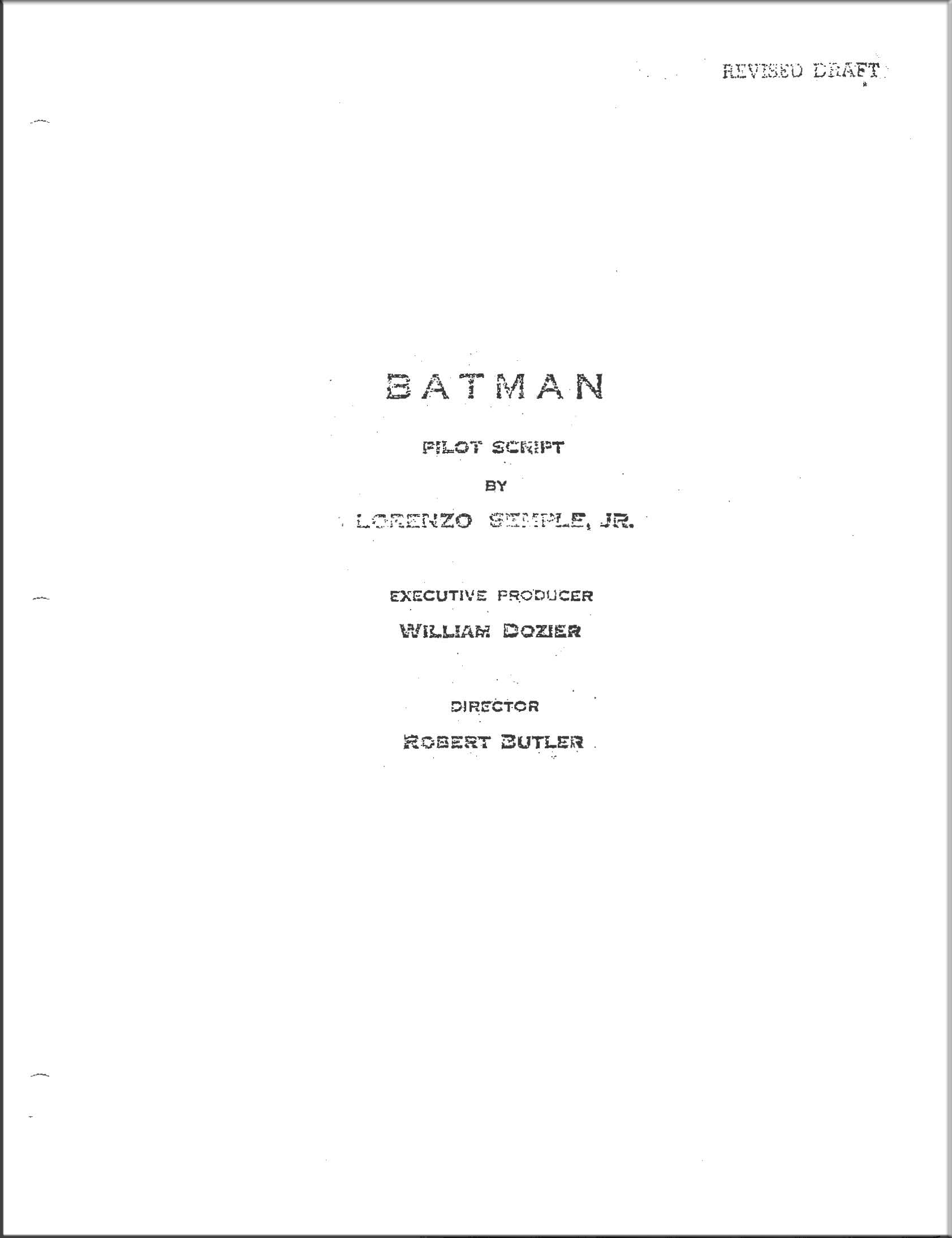

However, it’s useful to still create them, so you can dictate how the story will flow. If you are writing for a streaming service or a national broadcaster like the BBC, where ad breaks don’t exist, there is not usually a contractual requirement for act structures. So it’s likely your outline will be structured into four acts. In the UK, broadcasters tend to follow the rule of four ad breaks for an hour-long episode. It may require you to write a teaser, the opening titles, a first act, and so on. Some broadcasters (or networks) require you to follow a standard format. If you’re writing for a US broadcaster, you may need to structure your outline into five or six acts around ad breaks. So it is well worth reading your contract (if you have one) thoroughly before. In some cases, your contract will highlight broadcasting regulations that specify how long your acts can be. This will impact how many acts you will need in your story, so your original script may need some extra crafting.
TV PILOT SCRIPT TV
If your TV pilot is created for commercial television, you should consider ad breaks - in particular, the duration and frequency of these used by your chosen broadcaster. Finding and using the right structure is important as it will act as the foundation for the story, putting pillars in place to support the evolution of the story.īear in mind that your structure needs to work for you, but also for the requirements of the broadcaster producing your story. A 15-beat structure is a template that divides the beginning, middle and end of a story into 15 different plot points.

Acts break the story up into plot points.

You can structure your outline using three act structures, or a four or five-act structure, or even a 15-beat structure. DS Arnott’s arrival pulls the story in a new direction. Viewers begin to learn about the characters, their relationships, and the work environment through the lens of DS Arnott’s experience. The unit, its leader Ted Hastings, and the characters that work in this unit, all existed before DS Arnott arrives. Think about the first episode of Line of Duty, where we meet police officer DS Steve Arnot who is transferred to the anti-corruption police unit. This is where much of the world you’ve built pre-exists, but a new element is introduced. The hybrid pilot is a combination of the concept pilot and premise pilot. Premise pilots tend to work best for serial/mini-series shows (one storyline over a specific number of episodes). In the first episode, viewers are introduced to the survivors of Oceanic Flight 815, who are collectively part of a plane crash and end up on an island together. The pilot for the show Lost is a great example of this. The episode will introduce a setting, characters and an unexpected twist that will propel the story in a direction. You may have a group of disparate characters, who have never crossed paths, and they all become connected by an event. The premise-shaped pilot may introduce the events and characters as if they have never encountered each other before this moment. Line of Duty writer, Jed Mercurio, points out in his course, that Star Trek is the perfect example of this – where the viewer is plunged straight into a pre-existing world. This type of pilot introduces viewers to characters, their relationships with one another, and some of their goals, at the same time. It may be a concept pilot, a premise pilot, or a hybrid pilot.Ī concept pilot is where you introduce the characters and settings as if they pre-existed. To create your script you will need to consider the shape your pilot will take. “Executives want to hear new ideas from new writers, new worlds to explore, new characters we haven’t seen before,” Jed Mercurio explains, in his BBC Maestro screenwriting course. A pilot episode sets the premise for your show or series, and introduces the storyline, your characters and the setting.Ī good pilot episode is particularly exciting for production companies and broadcasters because they are constantly on the lookout for new stories and talent to bring to the screens. Screenwriters will write their pilot script and then pitch it to television broadcasters or production companies, in hope that they will love it, strike a deal, and produce the rest of the series. When writing your TV pilot you must try to pique the interests of viewers and leave them desperate for more.
TV PILOT SCRIPT SERIES
The pilot episode is the most important of your series because it’s your one shot to bring your vision to life. A pilot is the first episode of your series.


 0 kommentar(er)
0 kommentar(er)
